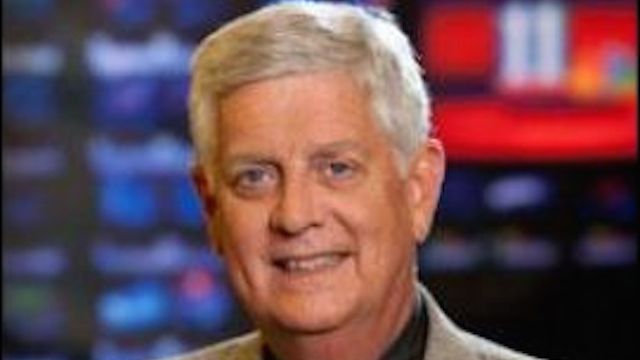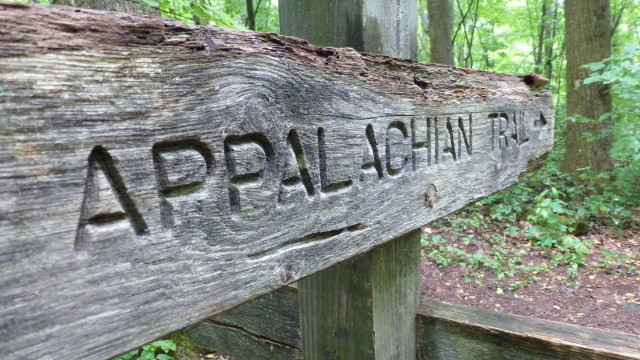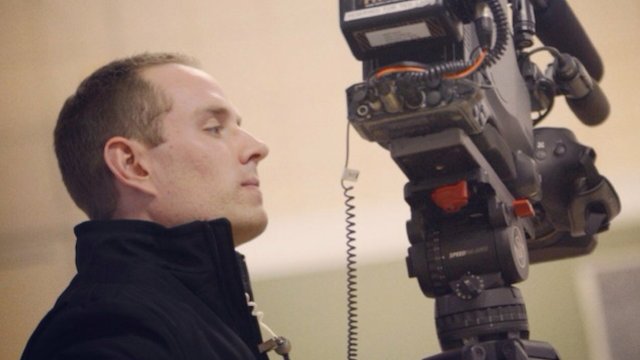Podcast: Play in new window | Download
Subscribe: RSS
Of all the qualities and personality traits I will miss about Paul Crawley, I will miss one the most:
He is, every day, on time for work.
More than that, he is early for work.
Rare is the day at 11Alive when our 9:30 morning meeting actually begins at 9:30. Typically it kicks off at 9:35 with a sparse crowd in attendance, and then most reporters arrive in the next 5-10 minutes. They can show up a little late because they generally remain secure in the fact that (A) they will still have a job tomorrow, and (B) as long as they show up with strong story pitches, all will be forgiven.
Paul Crawley plays by the same rules, and given his longevity and continued value to the station, he could probably get away with pulling into the 11Alive parking lot at 10 AM each day.
But he shows up before 10, and even before 9.
Crawley arrives at 8:45 AM every morning. He then spends the next 45 minutes making calls, scouring local media web sites across metro Atlanta, and filling up a notepad page with potential stories for the coming day.
Not surprisingly, he almost always contributes more story ideas than anyone else at the table.
On July 31st, Crawley will retire from WXIA-TV in Atlanta after 36 years at the station — and more than four decades in the industry. He has won seven regional Emmys and an Edward R. Murrow award, covered just about every beat imaginable, and recently volunteered to become a backpack journalist … after three decades of working as a traditional reporter.
Crawley is my latest guest on the Telling The Story podcast. (more…)






